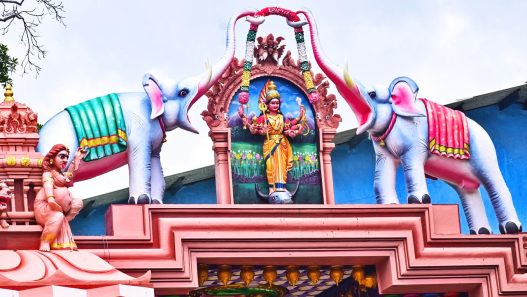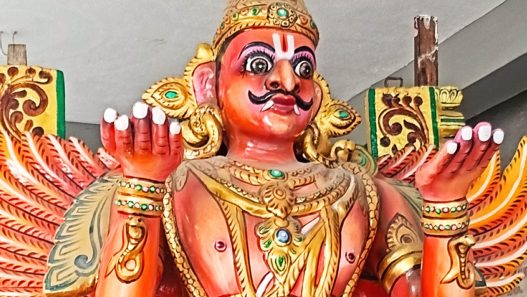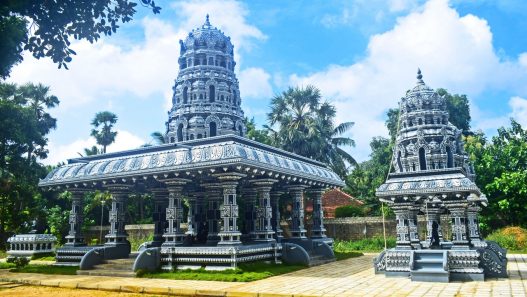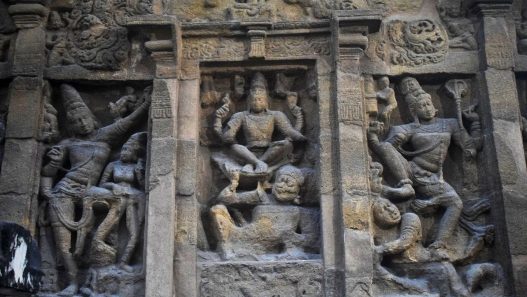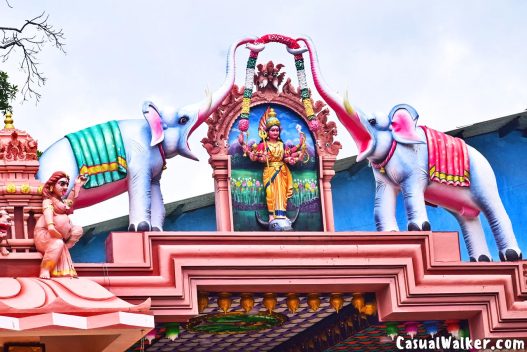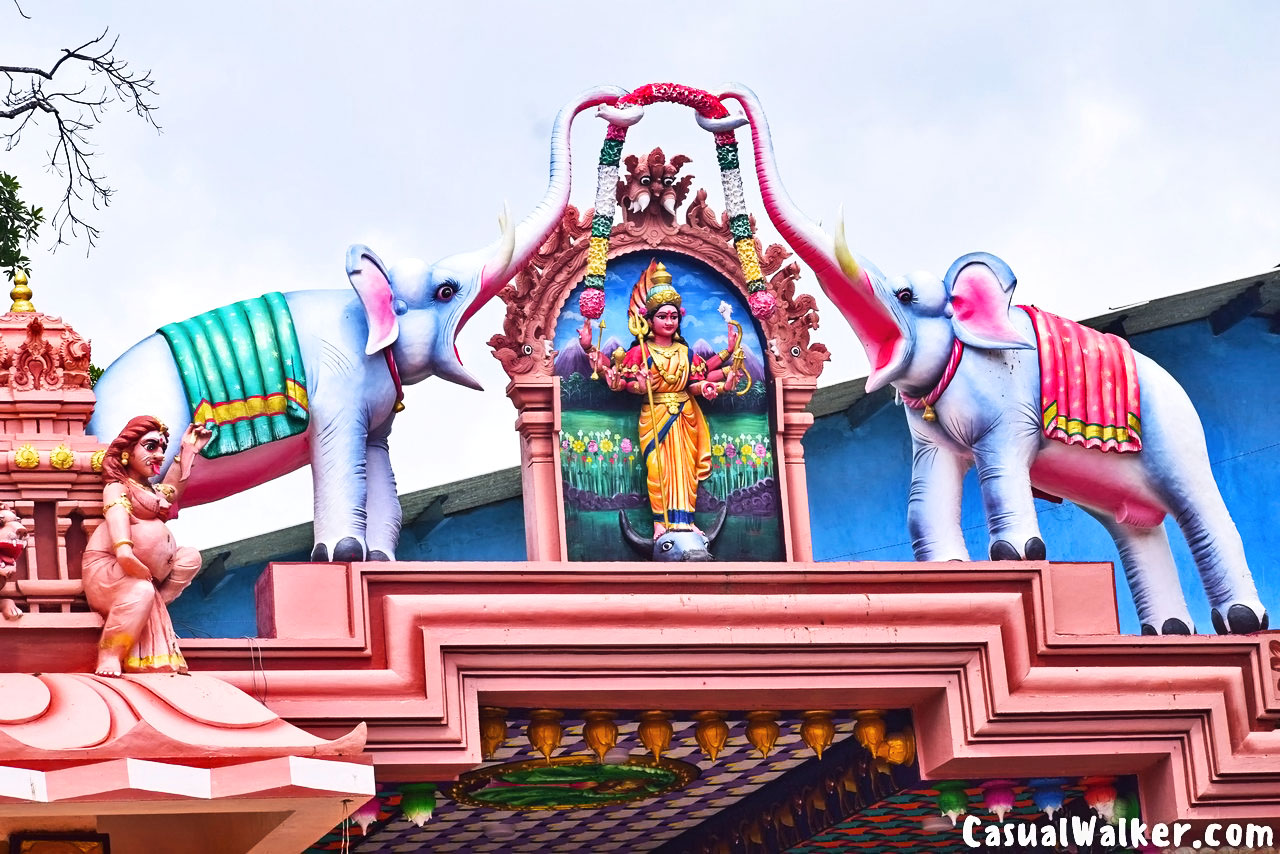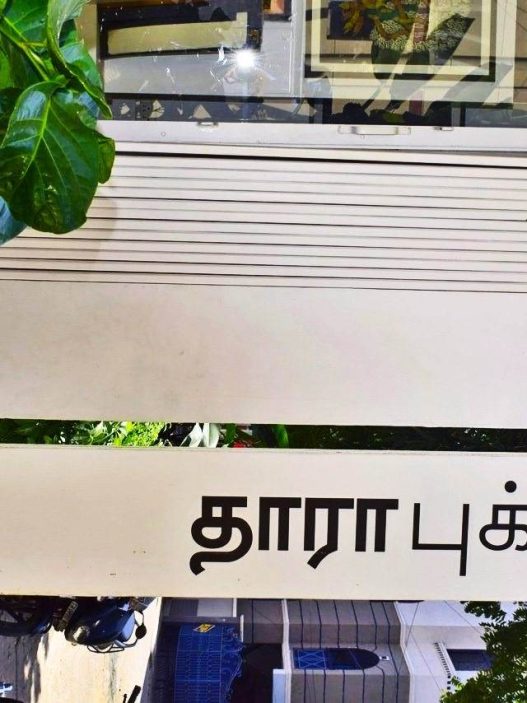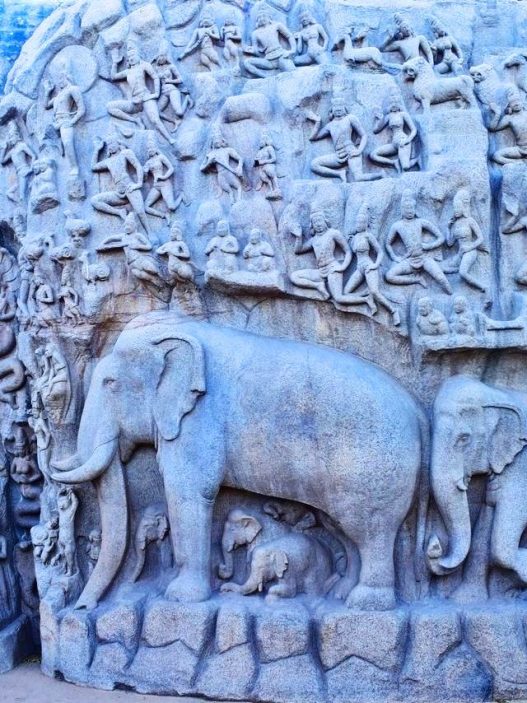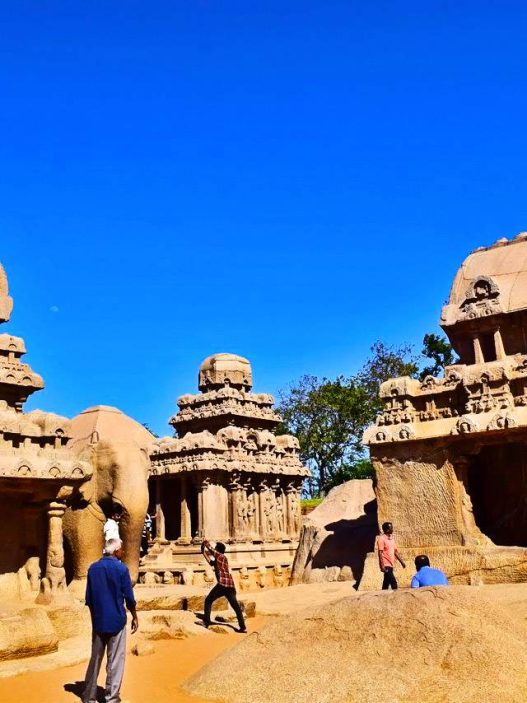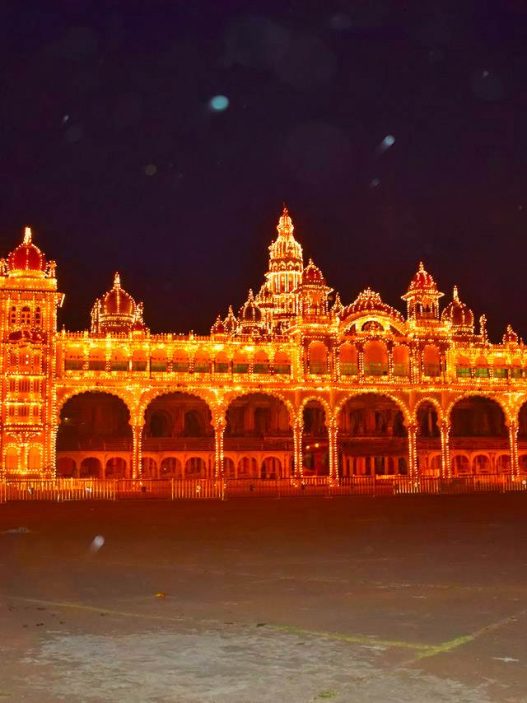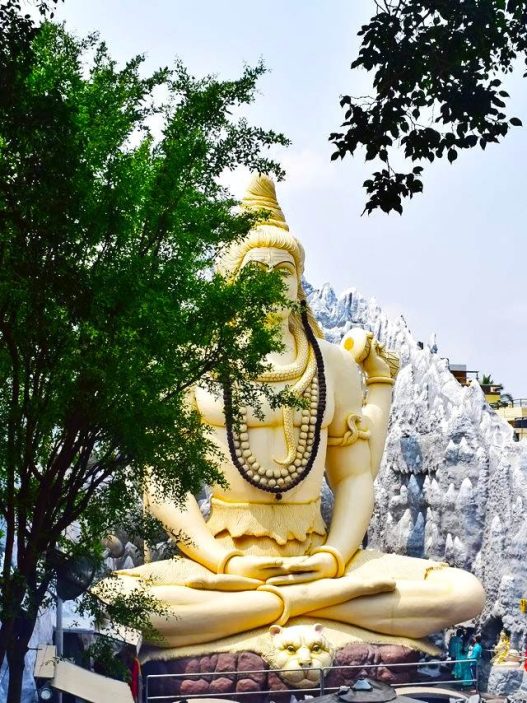Thellippalai Sri Durga Devi Temple in Tellippalai, Kankesanturai, Jaffna: Sri Durga Devi Temple, a 400-Year-Old Goddess Durga Temple in Sri Lanka | Complete Visitor Guide, History, Visit Timings, Contact Details, Festivals (Updated)
– oldest and most revered temples for durga in jaffna
The Tellippalai Sri Durga Devi temple / Tellippalai Sri Durga Devi Temple – stands majestically in the ancient town of Tellippalai, located approximately 8-10 kilometers from Jaffna city center in Northern Sri Lanka. This revered temple, also known as Sri Durga Devi Temple, is one of the most significant Hindu shrines in the Jaffna Peninsula and serves as a powerful center of Shakti worship in the region.

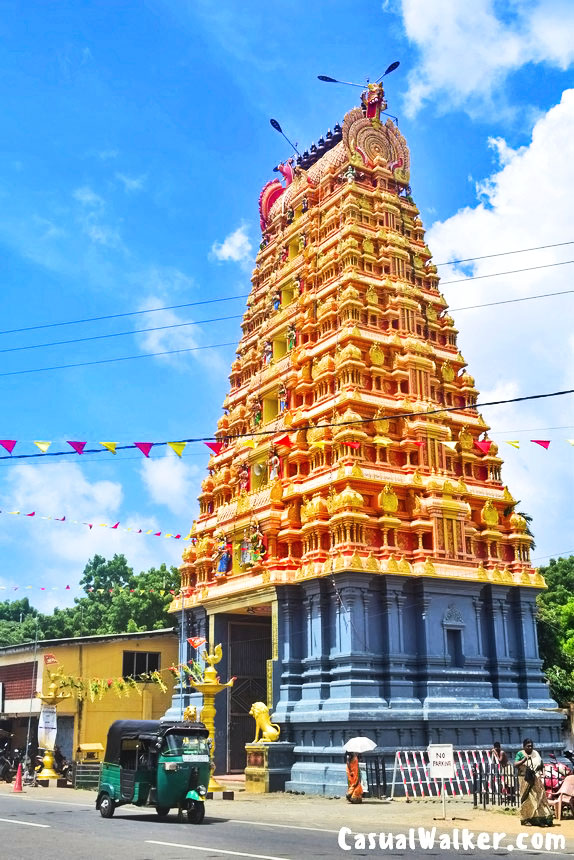
This 400-year-old Durga temple is a sacred seat of Goddess Durga, radiating centuries of devotion and cultural resilience in the heart of Northern Sri Lanka. As a testament to the unwavering faith of the Tamil Hindu community, the temple has become a spiritual beacon for devotees from across Sri Lanka and the Tamil diaspora worldwide, offering a profound atmosphere of divine energy and traditional Hindu worship.
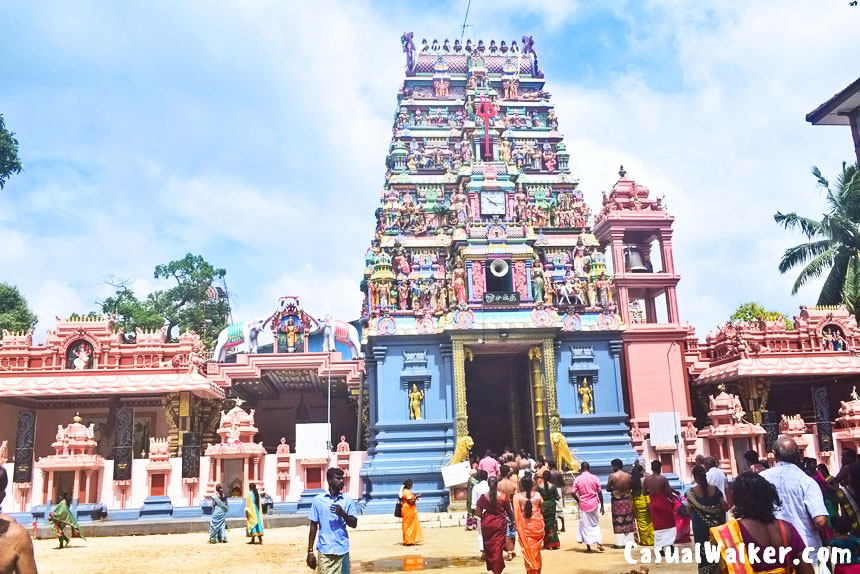
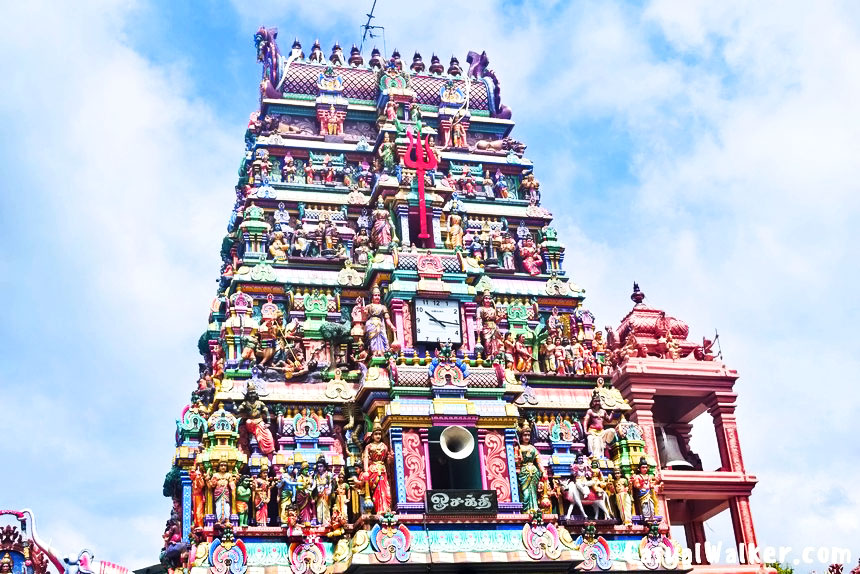
Legendary Origins: A Tale of Divine Will
The history of this temple reads like a beautiful legend that still resonates with locals today. According to tradition dating back to the 1760s, a devout Saiva saint named Kadirgamar (also known as Kathirkamar) embarked on a sacred pilgrimage to Varanasi (Benares), India. He brought back with him a precious Sri Chakra yantra – a mystical geometric diagram representing the goddess Durga’s divine energy.
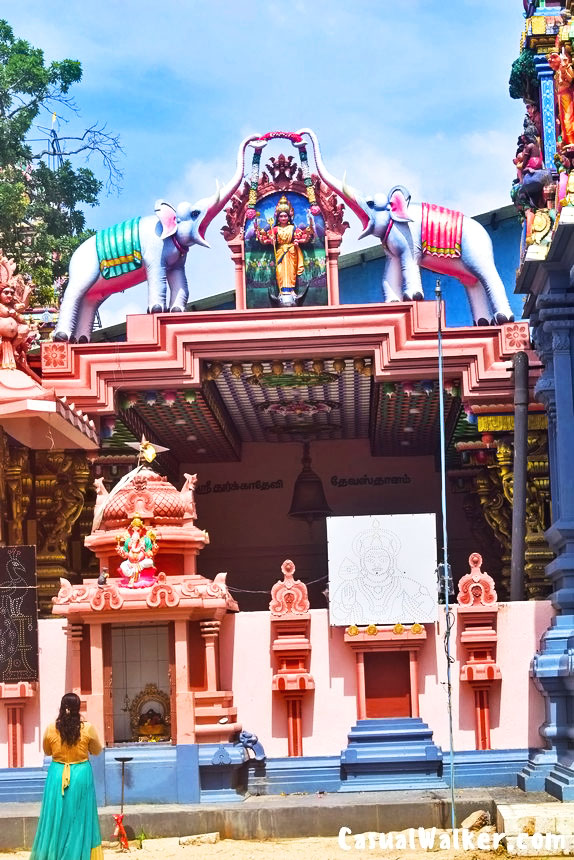
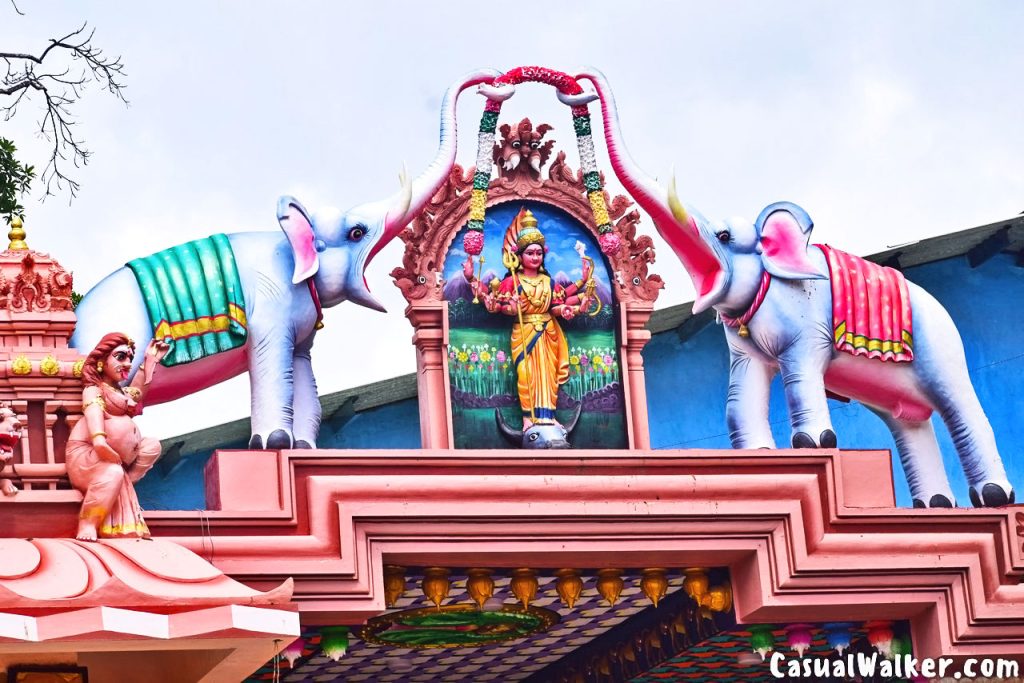
Upon reaching Kankesanthurai on his return journey, exhausted from travel, Kadirgamar rested under the shade of an Illuppai tree (Ceylon ironwood). It was here that Goddess Durga herself is believed to have chosen this location as her earthly abode. Following divine guidance, the saint installed the Shakti Yantra at this very spot, and what began as a simple place of worship under a tree gradually transformed into the magnificent temple complex we see today.
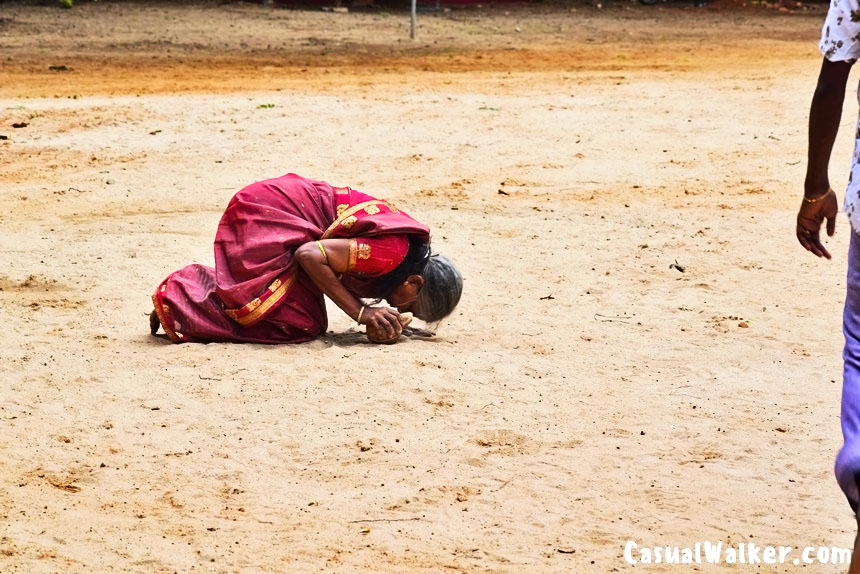
The first Kumbhabhishekam (consecration ceremony) was performed in 1829, marking the temple’s formal establishment. This sacred ritual, which involves the ceremonial bathing of the temple tower, signified the temple’s transition from a humble shrine to a fully-functioning Hindu temple.
Temple Architecture: Where Divinity Meets Artistry
Main Sanctum – Garbhagriha
The innermost shrine houses the powerful idol of Goddess Durga in her fierce form. What captivated me most was the intricate depiction – the goddess stands majestically with her feet placed upon the head of the demon Mahishasura, symbolizing the eternal victory of good over evil. Her divine hands hold the sacred conch (shankha) and discus (chakra), while she bestows her infinite blessings upon all devotees.
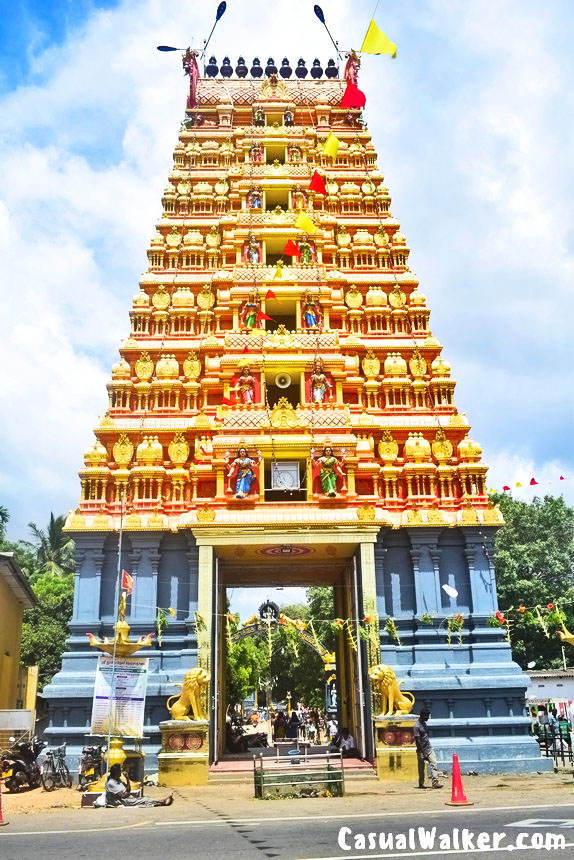
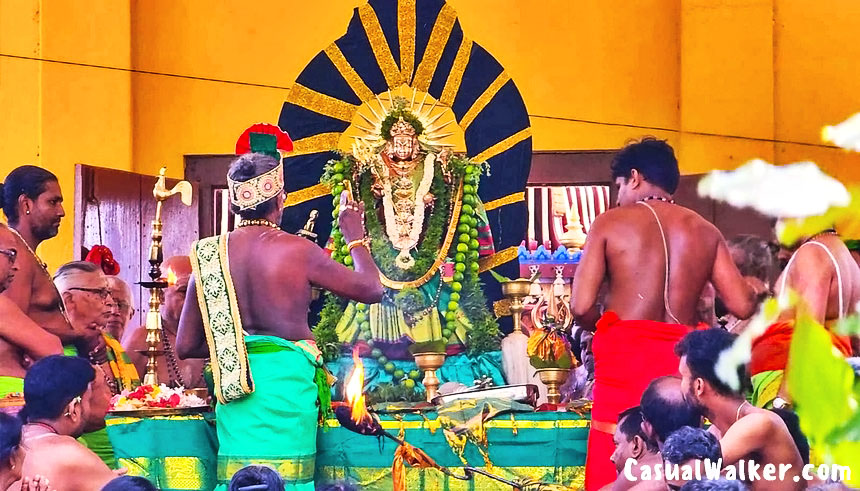
Sky-Reaching Gopurams
The temple boasts two magnificent towers that pierce the sky. The southern tower, recently constructed and consecrated in 2017, is a marvel of traditional temple architecture. Construction work for the Kubera entrance tower was underway during temple expansion efforts, showcasing the community’s ongoing commitment to preserving this sacred space.

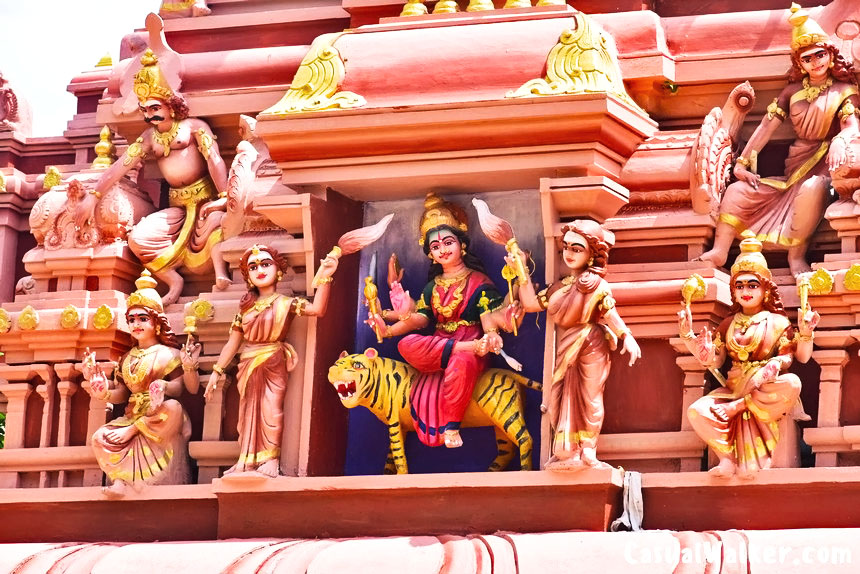
Additional Shrines in the Prakaram
Surrounding the main shrine, I discovered beautifully maintained shrines dedicated to Lord Ganesha (Pillaiyar/Vinayagar), remover of obstacles; Goddess Gaja Lakshmi, bestower of wealth and prosperity; Lord Murugan (Subramaniyar), the divine warrior; Bhairavar, the fierce guardian deity; Nagathambiran, the serpent deity; and Sandeswarar, the escort deity.
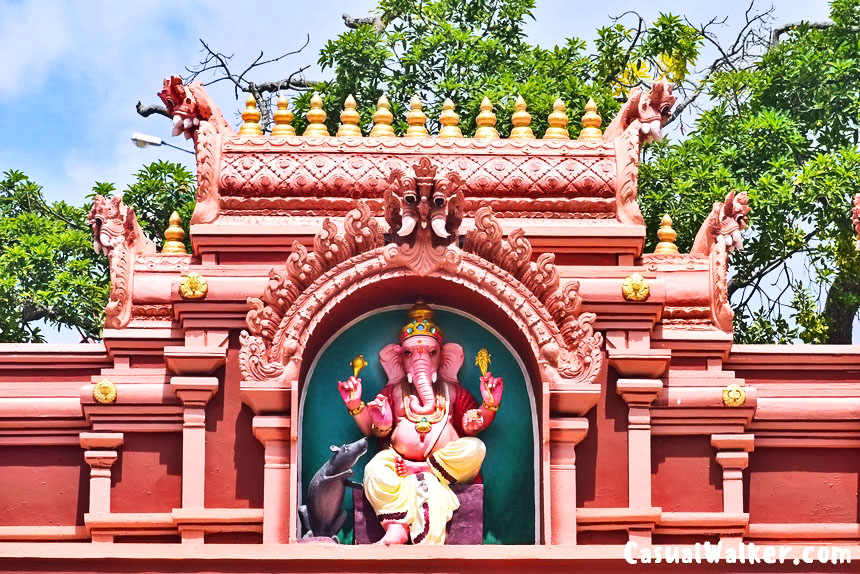
Sacred Water Bodies
The temple complex includes the Senkaluneer thotti (Durga holy water pond), known as the Theertham. This sacred tank is an integral part of the temple’s spiritual ecosystem, and devotees believe its waters possess healing properties.
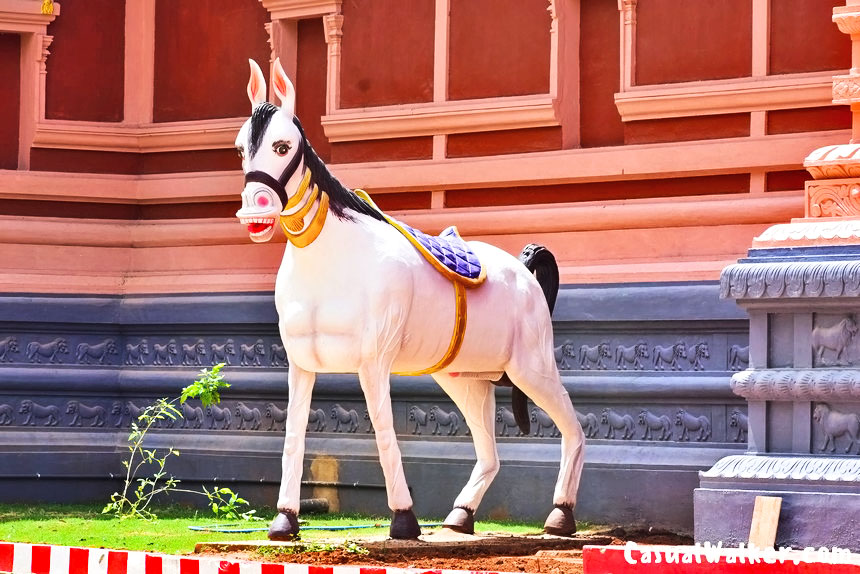
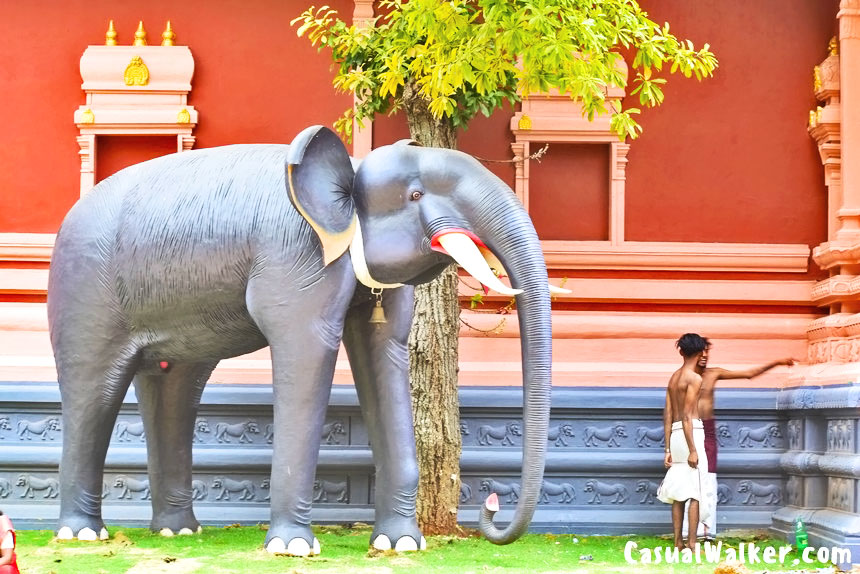
Architectural Highlights
- Villu Mandapa – the ornate pillared hall
- Annadhanam Hall (Annasatram) – dedicated to serving free meals
- Four Saivite Saints temple (constructed 2014)

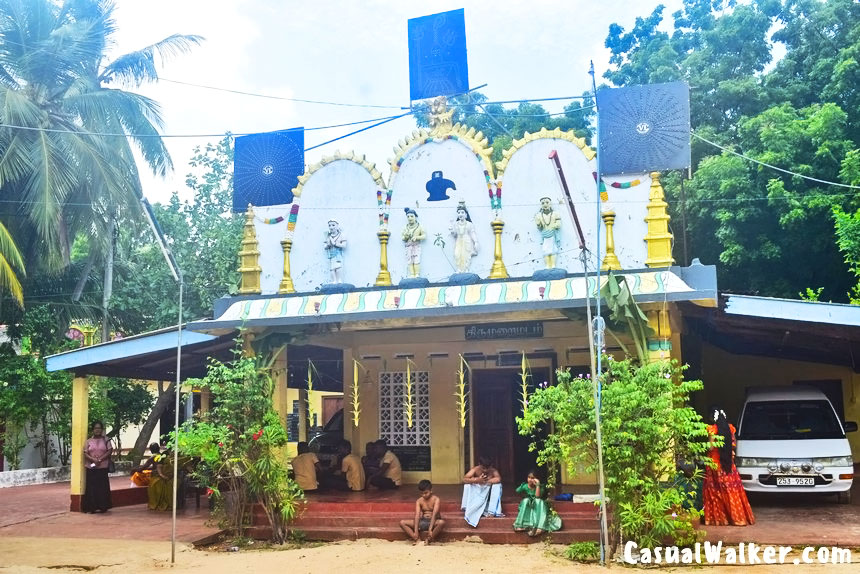
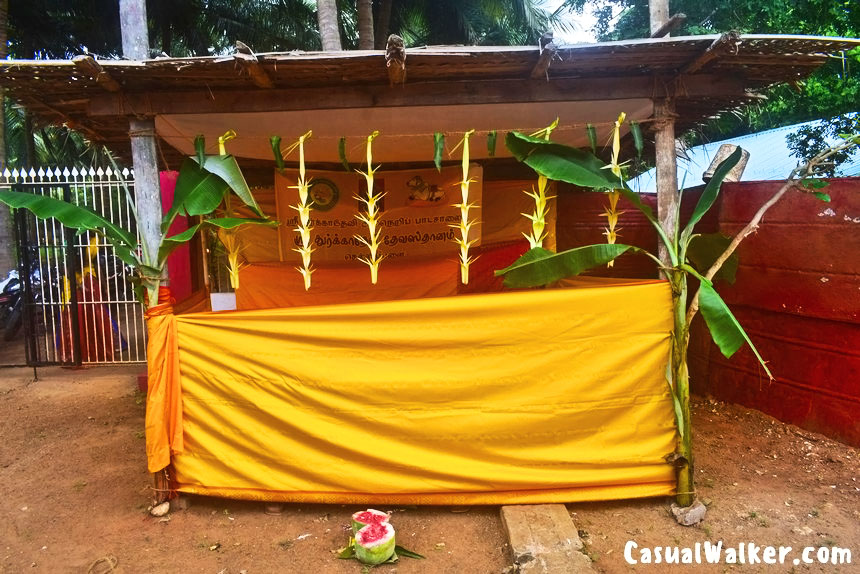
Festival at Tellippalai Sri Durga Devi Temple
Navaratri: Nine Nights of Divine Glory
During the Navaratri festival, and it was absolutely transformative. This nine-night celebration, dedicated to the nine forms of Goddess Durga, is the temple’s grandest festival. The main annual festival, known as the Mahotsavam, has been celebrated since 1968 and spans twelve days, carefully timed so that the water ceremony falls on the auspicious Thiruvonam nakshatra (star).

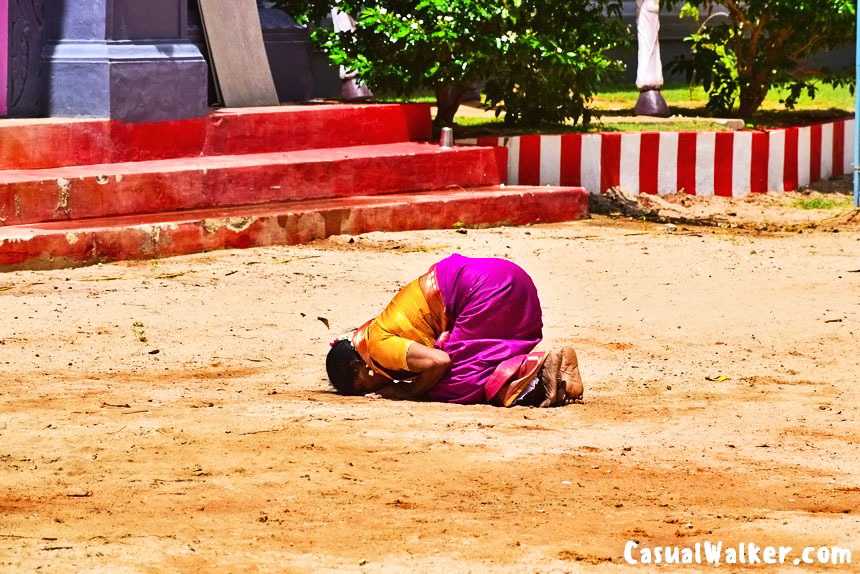
The festival atmosphere was electric – the air thick with incense, the sounds of traditional nadaswaram music, and thousands of devotees chanting hymns. The festival culminates in Vijayadashami, celebrating the goddess’s triumph over evil forces.
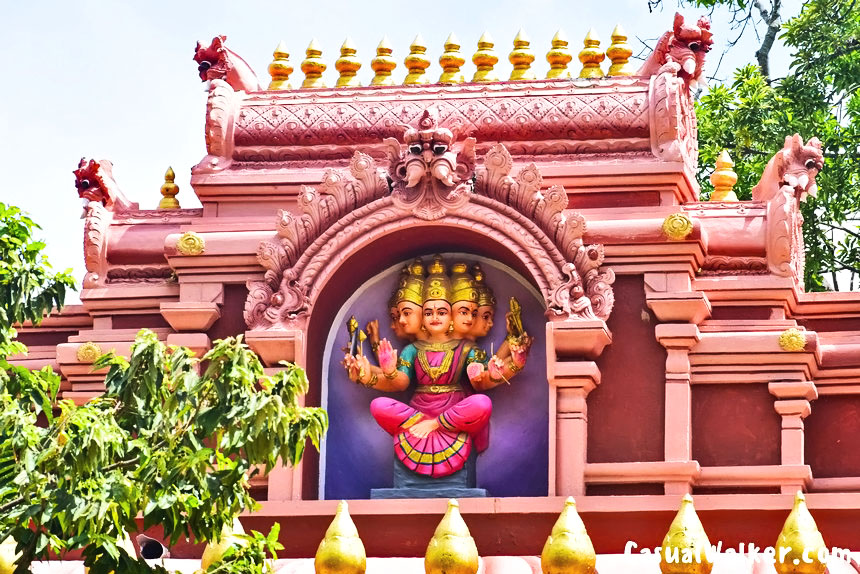
The Temple Chariot (Ther)
The magnificent temple chariot, completed in 1978, is pulled through the streets during festivals. Witnessing this grand procession was a spiritual highlight – devotees pulling the ornate wooden structure carrying the deity’s idol, their faces glowing with devotion and joy.

Other Important Festivals
Throughout the year, the temple celebrates:
- Varalakshmi Vratam – the auspicious fast for married women
- Gowri Habba – honoring Goddess Parvati
- Thiruvembavai – sacred hymn recitation
- Masi Magam – the water festival
- Special Tuesday Poojas – weekly worship dedicated to Durga
- Full Moon Sri Chakra Puja – monthly tantric worship
Angapradakshinam
Angapradakshinam at Thellippalai Sri Durga Devi Temple is a profound act of devotion where devotees circumambulate the temple by rolling their bodies on the ground as an offering to the goddess. This ancient practice, performed at this historic temple, is undertaken by devotees seeking divine blessings, fulfilling vows, or expressing gratitude. Believers consider this physically demanding ritual especially auspicious during festivals, trusting that their sincere prostrations and prayers will invoke the divine mother’s grace and bring peace, prosperity, and spiritual merit to their lives.

Living Tradition: Administration and Daily Rituals
What impressed me most was how the temple maintains authentic Shaivite traditions. All rituals and poojas are performed according to Shivagama scriptures, the ancient Hindu texts governing temple worship. This authenticity earned the temple the prestigious Srilasri Arumuga Navalar Award in 2017 from the Department of Hindu Cultural Affairs, recognizing it as the best Saiva temple in Sri Lanka.
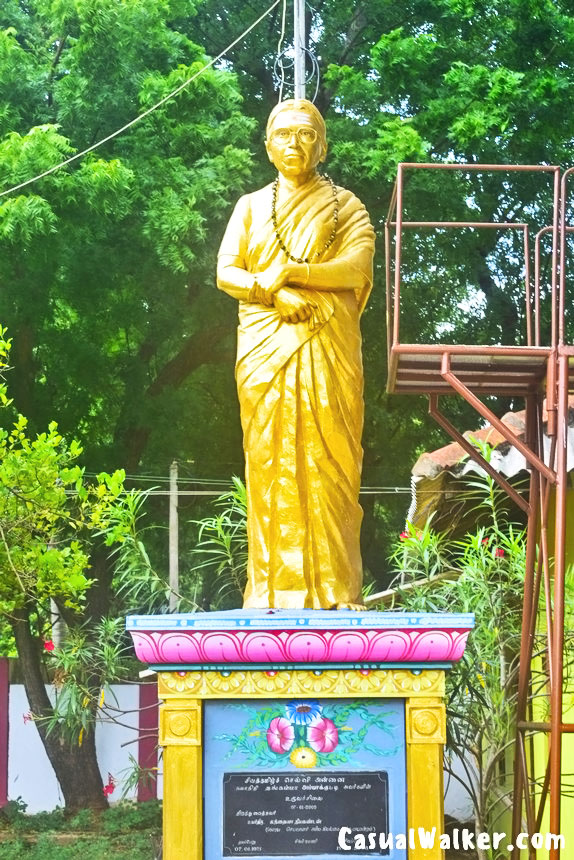
The temple’s management has evolved beautifully – from being administered by Naganatha Udayar and his heirs until 1948, to establishing a Board of Trustees in 1949, and finally forming an eighteen-member administrative board in 1965. This democratic approach ensures the temple serves the entire community.
Current Temple’s Board of Trustees
The board is led by Sri Aaruthirumurugan as President, with Sri Dr. T. Thevakaran serving as Secretary and Sri A. Shanmuganathan as Treasurer. The temple also honors Sri Sivathamil Selvi, the former President. Together, these dedicated members ensure the temple continues to serve the community’s spiritual needs.
Sacred Gosala: Honoring Mother Cow
The temple maintains a Gosala (cow shelter), caring for cows that are considered sacred in Hinduism. Seeing these gentle animals being tended with such reverence reminded me of the holistic approach to spirituality that temple culture represents – where caring for all of creation is part of divine worship.
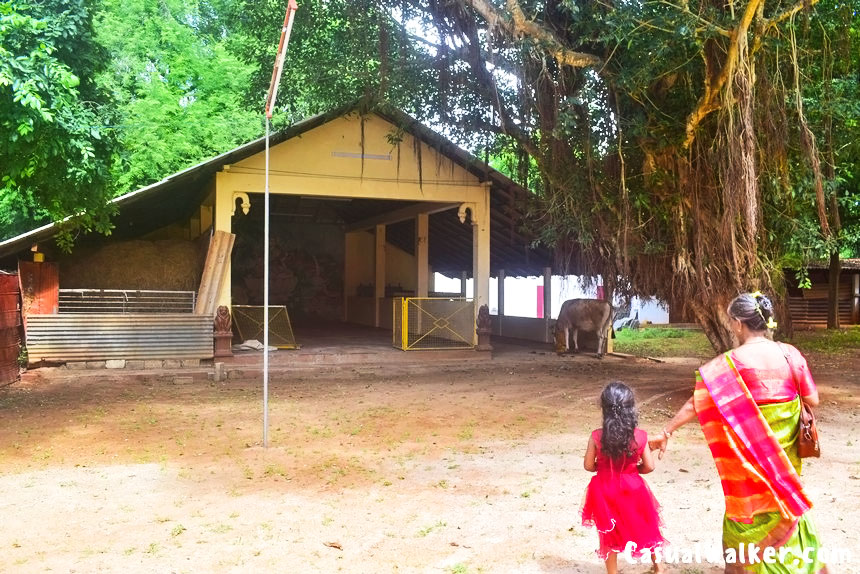
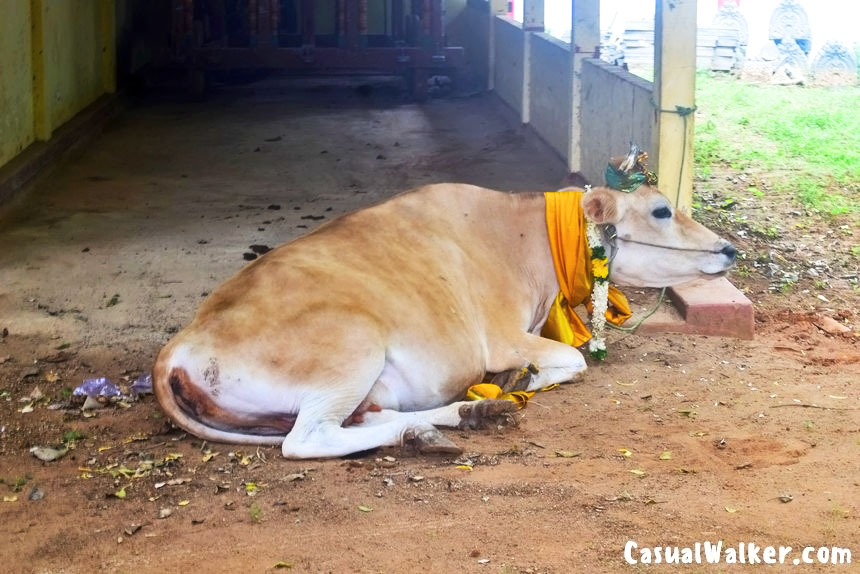
Sacred Act of Annadhanam: Food as Prayer
One of the most beautiful aspects of my visit was witnessing the Annadhanam (free meal service). The temple operates this charitable service from its dedicated Annasatram hall every Tuesday and Friday, as well as during special festivals. The concept of feeding devotees is considered among the highest forms of charity in Hinduism, and sitting among fellow pilgrims sharing a simple vegetarian meal was deeply moving.

The temple even extends this service to the famous Nallur Kandaswamy Temple festival, setting up the Durgadevi Mani Mandapam behind Nallur temple to serve devotees there.
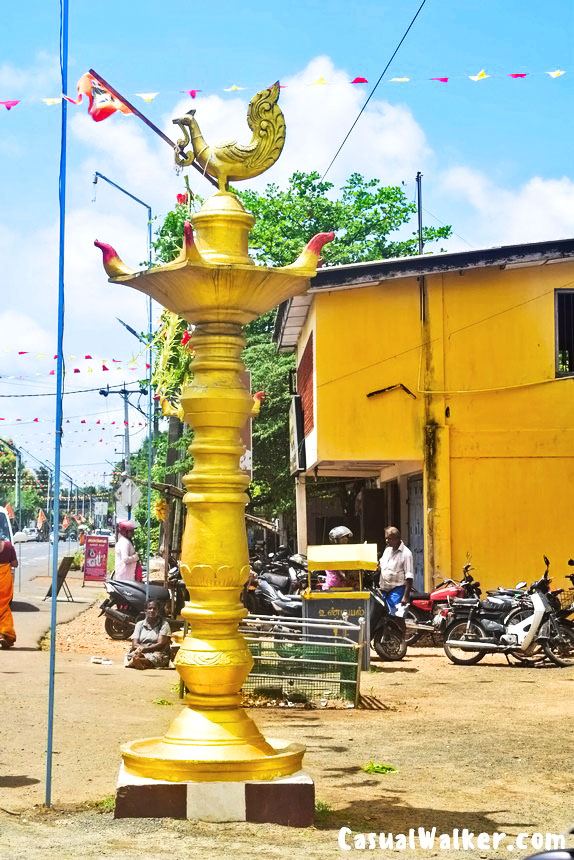
Sivathamil Research Library: Preserving Sacred Knowledge
As someone passionate about Hindu philosophy and Tamil literature, I was thrilled to discover the Sivathamil Research Library, established in 2002. This treasure trove houses thousands of books on:
- Traditional Tamil grammar
- Classical Tamil literature
- Hindu Puranas and scriptures
- Devotional hymns and bhajans
- Philosophical texts
This library ensures that ancient wisdom remains accessible to future generations.
The Tellippalai Durga Devi Temple is more than just a place of worship – it’s a living symbol of the Tamil Hindu community’s resilience and devotion in Sri Lanka. For devotees of Goddess Durga and Shakti worship, this temple offers an authentic, powerful spiritual experience.

Travel Tips for Visiting Tellippalai Sri Durga Devi Temple in Tellippalai, Kankesanturai, Jaffna
Address of Tellippalai Sri Durga Devi Temple in Tellippalai, Kankesanturai, Jaffna:
Tellippalai, Jaffna District, Northern Province, Sri Lanka
Tellippalai Sri Durga Devi Temple Temple Opening Timings:
Morning: 6:00 AM – 7:00 PM
Daily Puja Timings: 8:00 AM, 11:00 AM, noon and 4:00 PM
Phone: +94 212 241 909
Best Time to Visit:
- September-October for Navaratri festival
- Any Tuesday or Friday for special poojas and Annadhanam
- Full moon days for Sri Chakra Puja
Dress Code: Conservative traditional attire recommended (men: dhoti or pants and shirt; women: saree or salwar kameez)
How to Visit Tellippalai Sri Durga Devi Temple in Tellippalai, Kankesanturai, Jaffna
The Tellippalai Sri Durga Devi Devasthanam is located at KKS Road, Durgapuram, Tellippalai, Jaffna District, Sri Lanka. Tellippalai is accessible from Jaffna town by local bus or three-wheeler (tuk-tuk). The temple is approximately 8-10 km from Jaffna city center.
By Bus: Bus travel represents the most economical option for reaching the Tellippalai Durga Devi Temple. Regular bus services operate from Colombo Central Bus Stand (Pettah) to Jaffna, with both government CTB buses and private companies providing frequent departures throughout the day. The journey typically takes between 10 to 12 hours, with overnight bus services being particularly popular as they allow travelers to sleep during the journey and arrive fresh in Jaffna during morning hours. Once you arrive at the Jaffna Bus Stand, frequent local bus services connect to Tellippalai, with buses departing every 15-20 minutes during peak hours.
By Auto-Rickshaw: Auto-rickshaws, locally known as three-wheelers or tuk-tuks, are the most popular and flexible mode of local transportation in Jaffna. These colorful vehicles are readily available throughout Jaffna town, near the railway station, bus stand, and at the airport. The fare from Jaffna town to Tellippalai typically ranges from LKR 400 to 600, offering door-to-door service and flexibility in timing. For visitors planning to explore multiple temples or attractions in the Jaffna peninsula, hiring an auto-rickshaw for the entire day is cost-effective, with full-day rates typically ranging from LKR 2,500 to 4,000.
By Taxi: Taxis provide the most comfortable transportation option for visitors, especially for families, elderly pilgrims, or those traveling with luggage. Professional taxi services are available at Palaly Airport, Jaffna Railway Station, and can be arranged through hotels. The fare from Jaffna town to Tellippalai typically ranges from LKR 800 to 1,200 for a one-way trip. Many taxi services offer fixed-rate packages for temple tours, which can include visits to multiple religious sites in the Jaffna area, typically ranging from LKR 4,000 to 8,000 for a full day.
Local Transport to Alaveddy: Once you reach Jaffna city, you can hire a local taxi or tuk-tuk (auto-rickshaw) to reach Alaveddy village, which is located in the Jaffna district. The distance is relatively short, and locals can easily direct you to the Sri Subramuniya Temple in Alaveddy.
By Train: Train travel to Tellippalai offers a scenic and culturally immersive journey through Sri Lanka’s beautiful landscape. The popular Yal Devi intercity express from Colombo Fort Railway Station to Jaffna takes approximately 8 to 10 hours, offering comfortable seating and picturesque views of rural villages, paddy fields, and northern landscapes. Upon arrival at Jaffna Railway Station, located about 8 kilometers from Tellippalai, travelers can easily find three-wheelers and taxis for the remaining 15-20 minute journey to the temple. Train tickets should be booked in advance, especially during festival seasons and holidays.
By Flight: For those seeking the fastest route to visit the Tellippalai Durga Devi Temple, air travel offers the most convenient option. Direct flights operate regularly from Colombo to Palaly Airport in Jaffna through carriers such as SriLankan Airlines and Cinnamon Air, with a flight duration of approximately 45 minutes. Upon landing at Palaly Airport, the temple is located approximately 15 kilometers away, translating to a comfortable 20-25 minute drive. The airport has taxi services and pre-arranged transportation options readily available.


